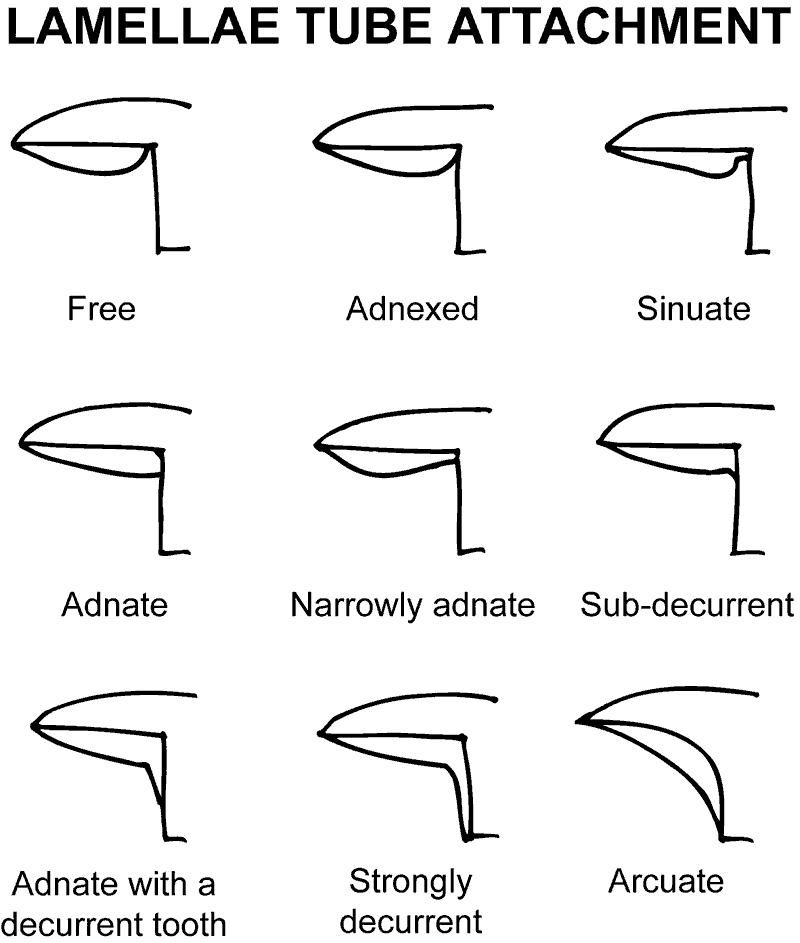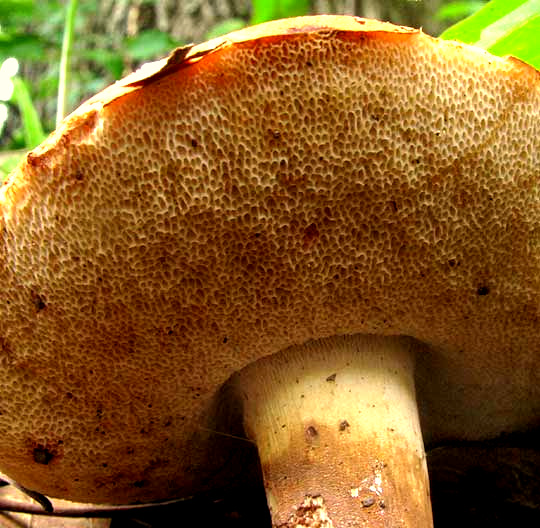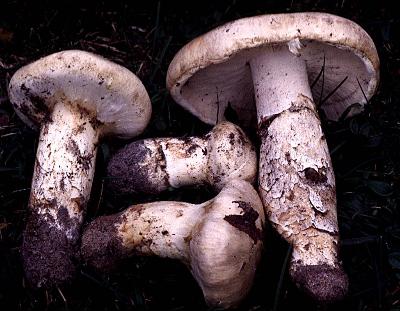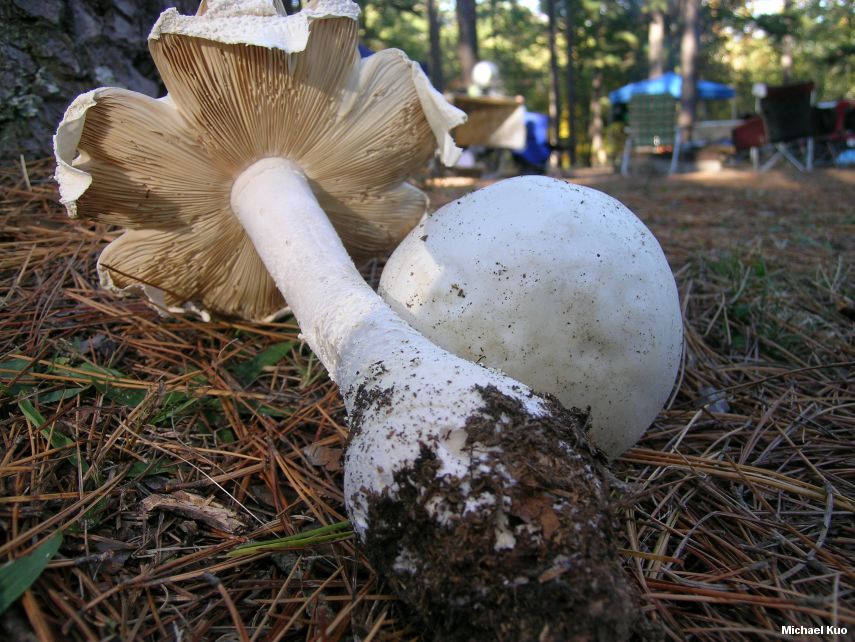The Edible Mushroom Retreat
This past weekend, we went on an edible mushroom retreat at Drift Creek Camp. Yes, this is the camp that when I picked Ezra up from it this past Summer he said, "I ate berries and they made me throw up!" Then, all of this happened.

We had free time the first night, then a presentation in the morning on what to look for and what to watch out for.
Then they fed us well so we wouldn't be tempted to eat mushrooms on our hunt, then sent us out searching.
The presenters did some mushroom hunting on the way to the retreat and found this King Bolete. It's edible!
A Big Leaf Maple leaf - which Juni brought in and had inspected by the mushroom expert, who found fungus on it!
I heard there were a lot of banana slugs out on the coast and was very pleased to find two. This one found a mushroom before we did, it was slimey, he can keep it. Ezra happily informed me that he had licked a banana slug earlier in the day to make his tongue go numb.
The slug licker over Drift Creek
Here's a fun little mushroom we found, no idea what it is. We finished so early, we had to kill time before the expert returned from his hunt to ID our finds.
Juni still loves little toads.
Ben checking out the salmon
Can you see them?
Finally, all the other hunters returned with their goodies. Here the mushroom guru was putting Ezra's 'rooms into piles of edible and non-edible. He found one Chanterelle, several Honey Mushrooms and lots of poisonous ones.
Here someone found a good selection of coral mushrooms. Our leader told us he has friends who eat the colored coral, but the white ones are diuretic. He said he doesn't eat any of them.
Some people found A LOT of mushrooms!!!
That's it for those in a hurry, but for anyone wanting to learn a little extra about mushrooms, see below. I love to share what I learned! None of the pictures below are mine, found them all on the internet, so you know.
Fungi (which he pronounced "Fun-jee"):
Here's how they eat!
Three ways:
1. Mycorrhizol: Half of mushrooms and almost all truffles are mychorrhizol. They form a symbiotic partnership with trees. The tree gets nutrients, the mushroom gets it's food from the tree's photosynthesis abilities. No one has successfully reproduced these kind of mushrooms in a lab, they are only in the wild.

2. Saprobic: These are decomposers. Did you know that wood would not decompose without these? There are two types. One digests cellulose which produces "brown rot"

and one digests lignion which produces "white rot".

3. Parasitic - These attack living plants causing disease or death to them. Honey mushrooms are one we found that are edible, but are parasitic.

When identifying mushrooms, there are a few things to note to help you identify them.
Do they have gills? If so, which type?

Or do they have pores? Like the King Bolete!

Or teeth?

Next, look at it's stem...
These are Matsutake mushrooms and are highly prized in Asian cooking... 

...and should not be confused with the Smith's Amanita,
which can cause kidney failure. See the bulbous stem?

Does it have a ring/veil? If so, does it go up or down? One he showed us went down like the one below and was edible, the other, looked just like it, but the veil went up and causes profuse sweating.

Make note of it's habitat. Did you find it in dirt, on a tree, what type of tree? By the way, he mentioned lawn mushrooms as generally being inedible.
Crafty moms, take note! The final way we were taught to identify a mushroom was by it's spore print. Anyone can do this and easily with any type of mushroom!
Cut off the cap of the mushroom and set it cap down on some paper. If you have two, put one on dark paper and one on light. Cover with a bowl for four or more hours and then remove. You will be left with beautiful spore prints that are great for helping identify the mushroom as spore color can be the only difference between edible and poisonous doppelgangers.

It is always safe to assume that mushrooms are poisonous. It is wise to not consume any that you have picked without approval of a veteran mushroom hunter (ours was a third generation mushroom hunter, has his PhD in mycology and wrote a book on Truffles): Dr. Matt Trappe. Also, many edible mushrooms are only edible after cooking, so never eat one raw that you've found in the wild!
We haven't eaten our edible mushrooms yet, but will be sauteeing them in butter tomorrow. It will be the last time we eat wild mushrooms until we return to another mushroom retreat. Oh, and if anyone is in the market for a good book on mushrooms, he recommended this classic, "Mushrooms Demystified," by David Arora. For kids, I still love, "Katya's Book of Mushrooms," by Katya Arnold.
Have a FUNgi day!















1 comment:
I had no idea there was so much mushroom science or edible mushroom varieties!
Post a Comment